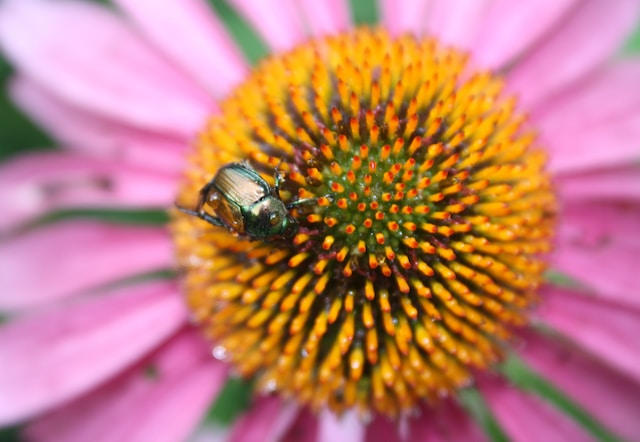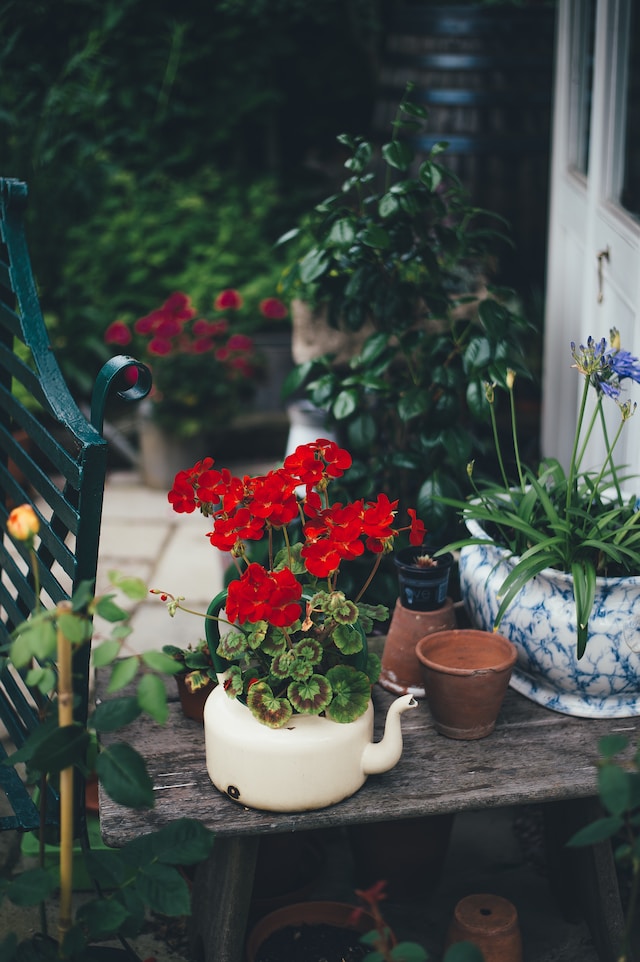Are you looking for a new hobby that will bring joy to your life and benefit both your physical and mental health? Starting a garden might be just the thing you need! Gardening has been proven to reduce stress, improve mood, and even provide fresh produce for your meals. But where do you start? In this blog post, we’ll explore tips on how to plant the seeds of success in your own garden. Whether you have a small balcony or a spacious backyard, these tips will help you get started on growing your very own green oasis. So grab a shovel and let’s dig in!
What Kind of Garden Should I Plant?
The first step to starting a garden is deciding what kind of garden you want to plant. Do you have limited space and only a balcony to work with? Or do you have a spacious backyard with plenty of room for raised beds or even a greenhouse?
Consider your climate and the amount of sunlight your chosen location receives. If you live in an area with hot summers, choose plants that can handle the heat, such as tomatoes or peppers. If your location has colder winters, opt for cold-hardy vegetables like kale or spinach.
Another factor to consider when choosing what kind of garden to plant is whether you want flowers, herbs, or vegetables. Flowers add color and beauty to any outdoor space but require more maintenance than herbs or vegetables. Herbs are easy to grow and provide fresh seasonings for cooking. Vegetables are great if you’re looking for something that will yield edible produce.
No matter what type of garden you choose, make sure it’s one that brings joy and fits within your lifestyle!
Preparing the Soil
Preparing the soil is a crucial step towards ensuring the success of your garden. The first thing you need to do is clear any debris or weeds from your chosen area. Once that’s done, it’s time to get your hands dirty!
Start by loosening up the soil with a tiller or digging fork. This will make it easier for plants to establish roots and access nutrients. You may also want to consider adding compost or other organic matter to enrich the soil.
Before planting, it’s important to test the pH level of your soil as different plants thrive in different levels of acidity. A simple testing kit can tell you exactly what adjustments are needed.
Another important factor is drainage; too much water can cause root rot while too little water can lead to dehydration. Make sure there’s proper drainage in place so excess water doesn’t accumulate around plant roots.
Ensure that there’s enough sunlight exposure for your plants based on their specific needs before proceeding with planting them into the prepared soil bed. With these tips, you’ll be well on your way towards creating a thriving garden full of healthy and happy plants!
Planting Seeds
Planting seeds is the heart of any garden. Whether you are growing vegetables, flowers or herbs, starting from seed can be a rewarding experience. Before planting your seeds, it’s important to choose the right spot in your garden with plenty of sunlight and well-draining soil.
Make sure to read the seed packet carefully for instructions on how deep to plant each type of seed. Some seeds need to be planted close together while others require more space between them.
When planting your seeds, keep in mind that they will need consistent moisture until they germinate. Water them gently using a watering can or hose with a gentle spray setting.
As your plants begin to grow, thin out any overcrowded areas to give each plant enough room to thrive. This will also prevent competition for nutrients and water which can lead to stunted growth.
Remember that patience is key when it comes to gardening from seed. It may take several weeks before you start seeing sprouts emerge from the soil but once they do, it’s an exciting sight! With proper care and attention, those tiny seeds will soon grow into beautiful plants ready for harvest.
Harvesting Your Garden
Harvesting your garden can be both exciting and daunting. It’s the moment when all of your hard work finally pays off, but it can also be overwhelming to figure out what to do with all of those fresh fruits and vegetables. Here are some tips to help you make the most out of your harvest.
Firstly, timing is everything when it comes to harvesting. Different plants have different ideal times for picking, so research beforehand or consult an expert in order not to pick too early or too late. Additionally, gently tug on a fruit or veggie as opposed to yanking it off – this ensures that they come away from their stalks easily without damaging nearby produce.
Secondly, consider how you will store and preserve your bounty. Some veggies like cucumbers and tomatoes last longer outside of the fridge whereas others need cooler temperatures such as lettuce leaves; herbs are best wrapped in damp kitchen paper before storing them inside a plastic container in the fridge.
Don’t forget about sharing! Give away excess produce within your social circle if possible – nothing tastes better than something homegrown- whether that’s through swapping crops or simply giving them away for free at farmers markets.
By keeping these tips in mind while harvesting your garden, you’ll ensure that every bit of effort put into nurturing each plant has been worthwhile resulting in delicious meals shared with loved ones throughout the year!
Conclusion
Starting your own garden can be a rewarding and fulfilling experience. Not only will you have access to fresh produce right at home, but gardening also provides numerous health benefits such as reducing stress levels and increasing physical activity.
By following the tips outlined in this article, you’ll be well on your way to planting the seeds of success in your very own garden. Remember to choose plants that are suitable for your climate and soil type, prepare the soil properly by adding compost or fertilizer, plant seeds at the appropriate depth and spacing, and water them regularly.
With a little bit of patience and care, you’ll soon see your seedlings grow into healthy plants that yield delicious fruits and vegetables for you to enjoy. So roll up your sleeves, put on some gloves, grab a trowel or shovel – it’s time to start digging!









